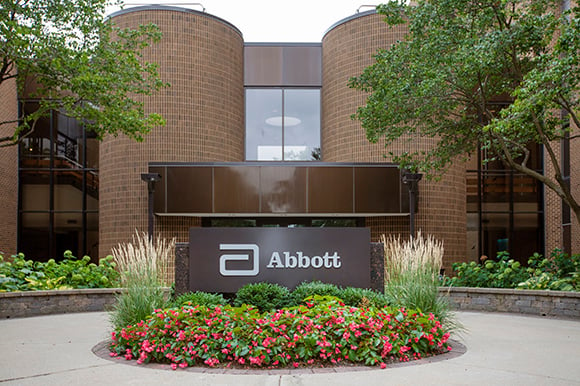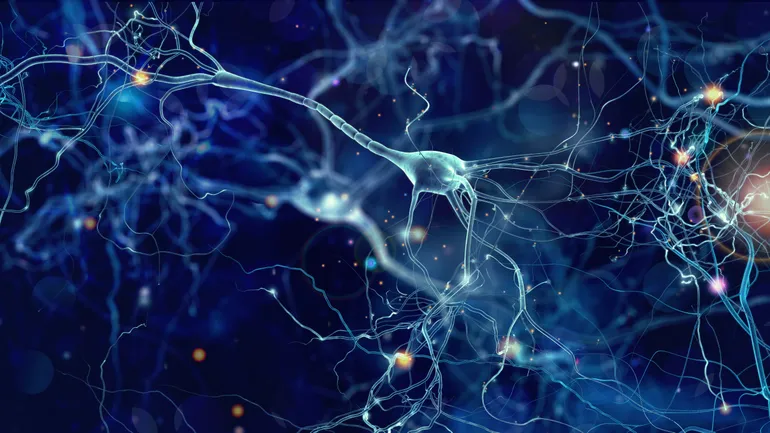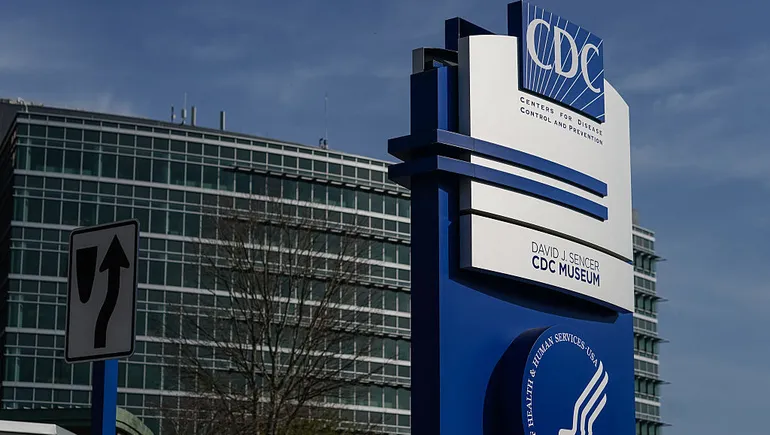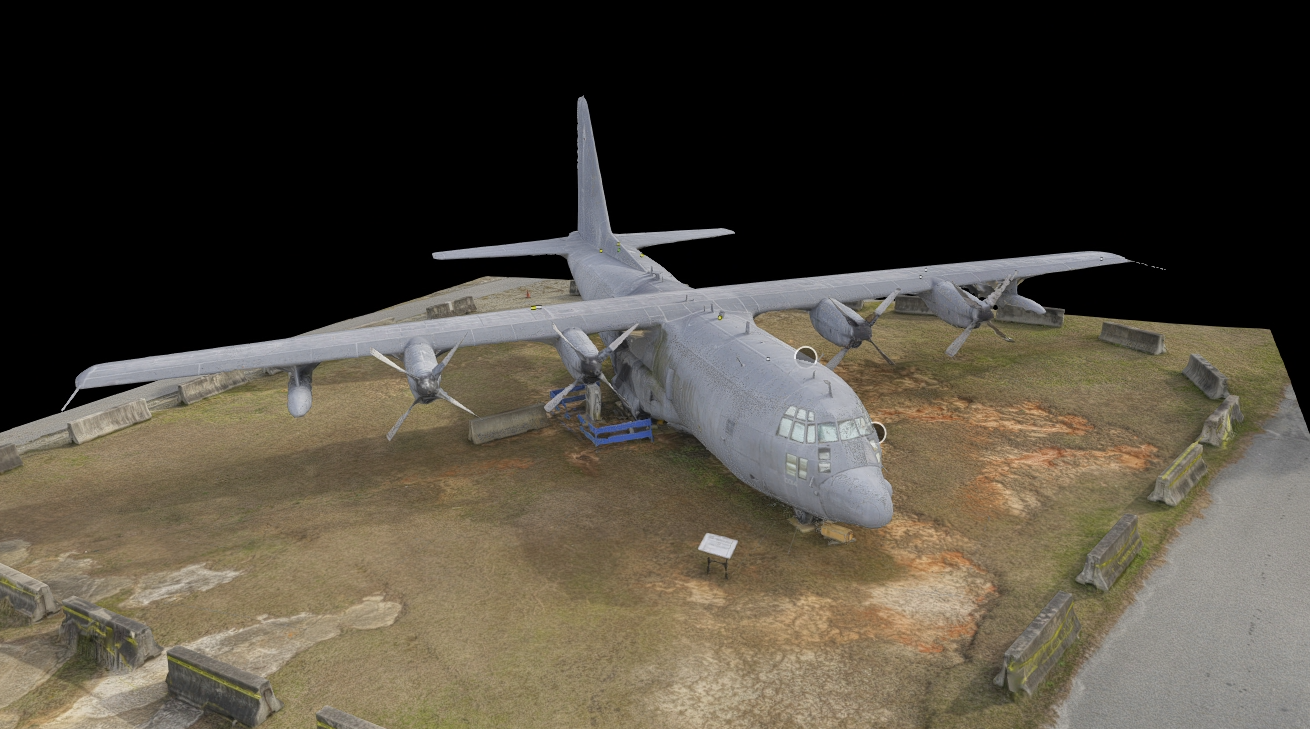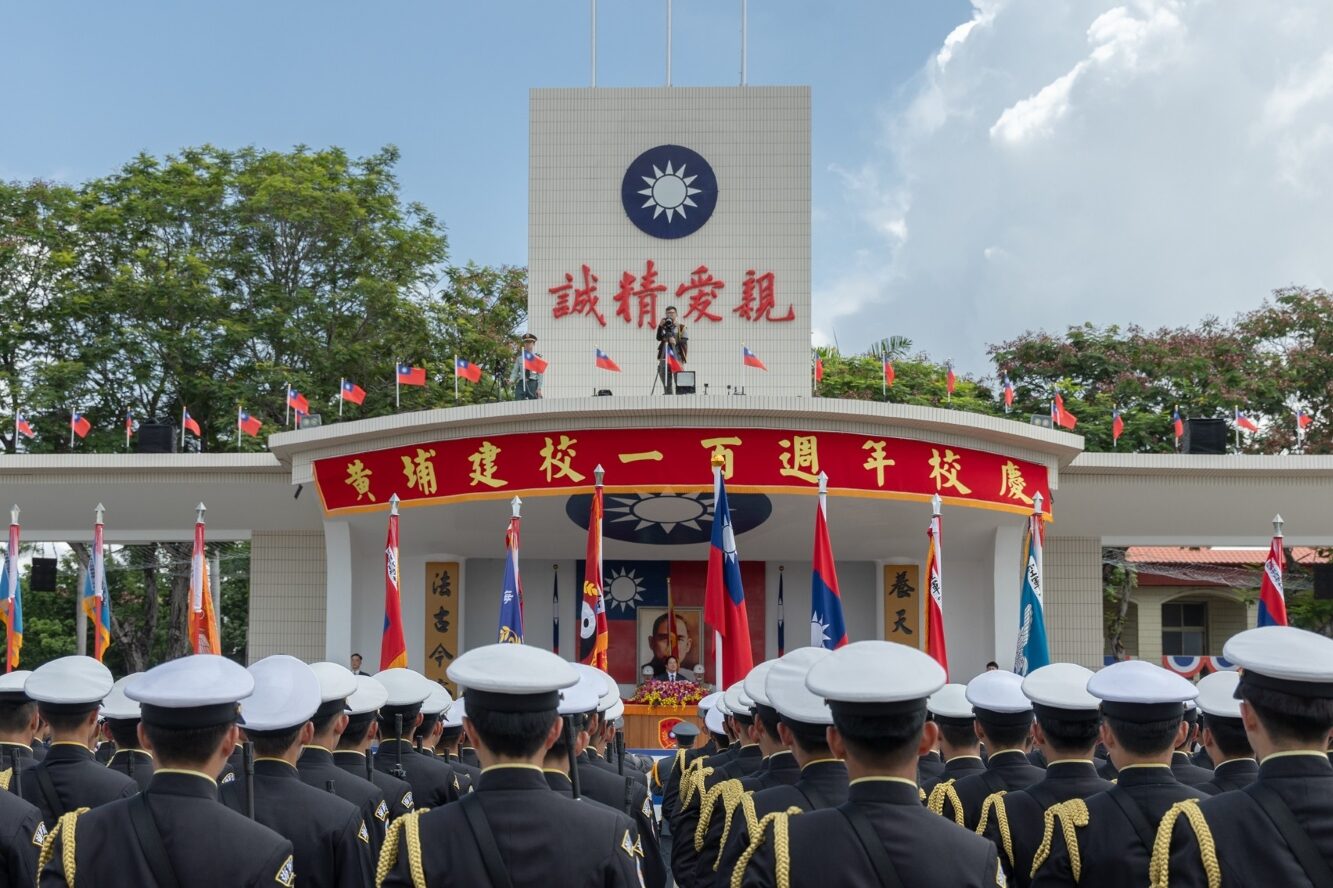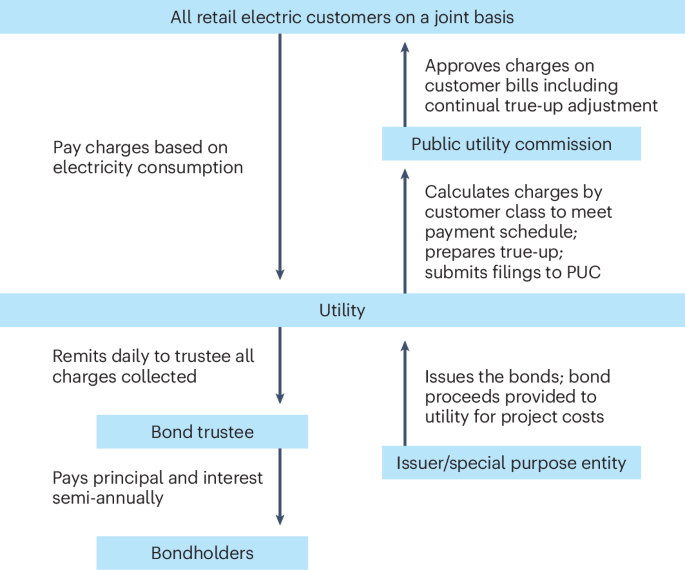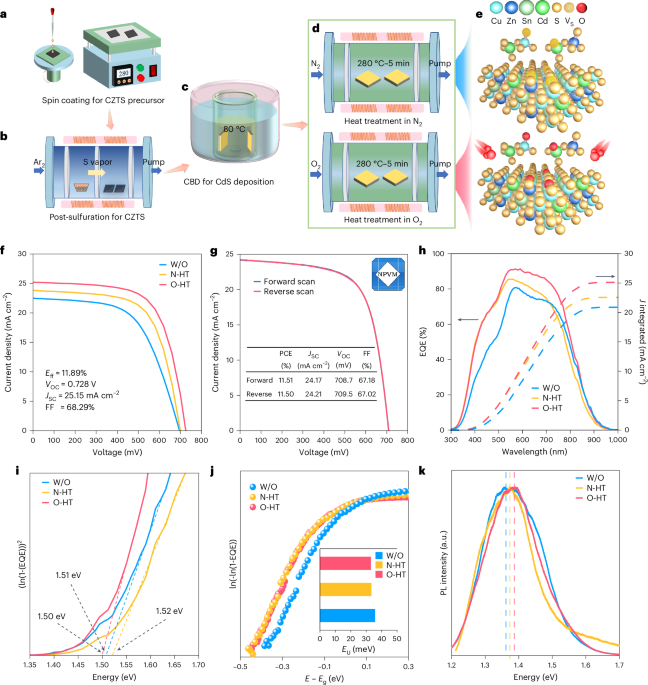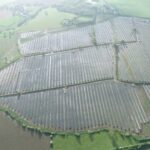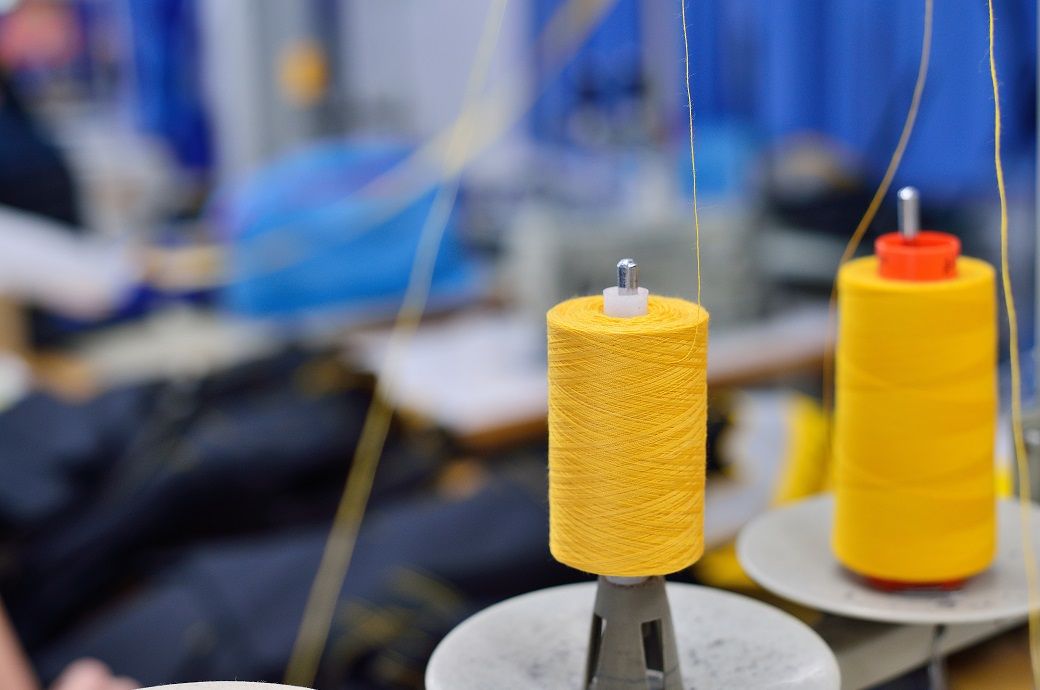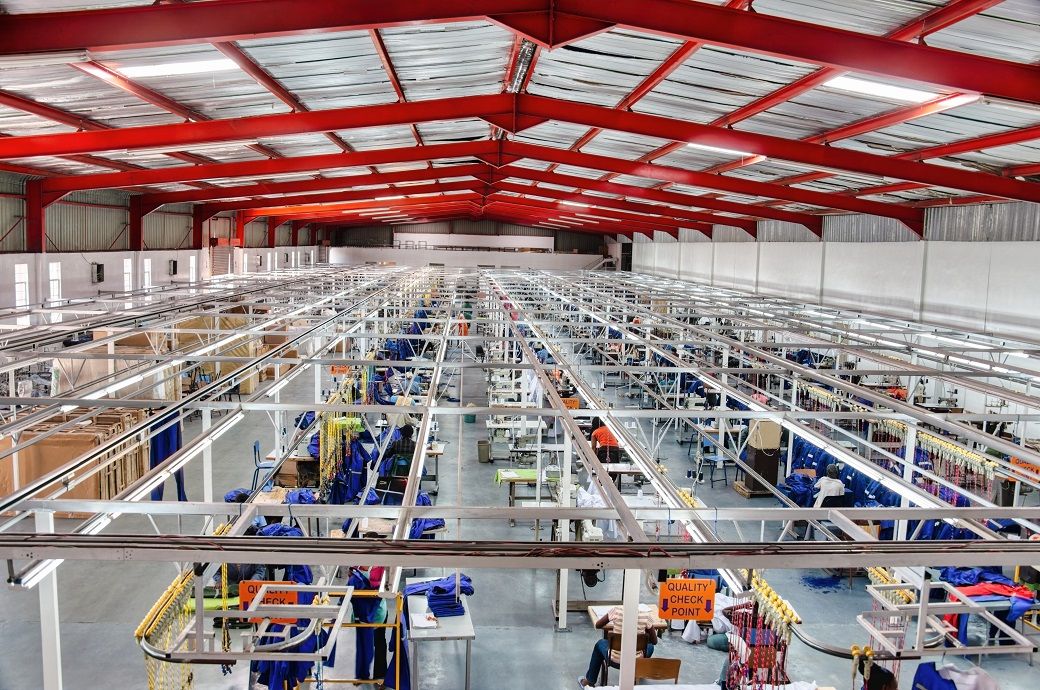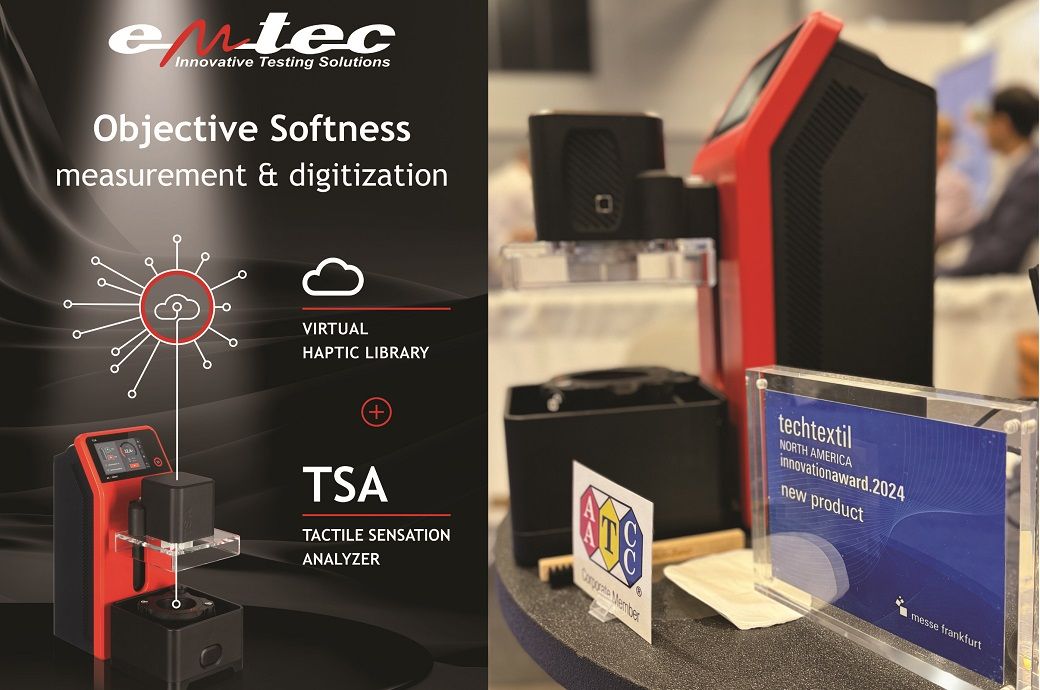Phase separation of the PRPP amidotransferase into dynamic condensates promotes de novo purine synthesis in yeast
by Masak Takaine, Rikuri Morita, Yuto Yoshinari, Takashi Nishimura De novo purine synthesis (DPS) is up-regulated under conditions of high purine demand to ensure the production of genetic materials and chemical energy, thereby supporting cell proliferation. However, the regulatory mechanisms governing DPS remain unclear. We herein show that PRPP amidotransferase (PPAT), the rate-limiting enzyme in DPS, forms dynamic and motile condensates in Saccharomyces cerevisiae cells under a purine-depleted environment. The formation and maintenance of condensates requires phase separation, which is driven by target of rapamycin complex 1 (TORC1)-induced ribosome biosynthesis. The self-assembly of PPAT molecules facilitates condensate formation, with intracellular PRPP and purine nucleotides both regulating this self-assembly. Moreover, molecular dynamics simulations suggest that clustering-mediated PPAT activation occurs through intermolecular substrate channeling. Cells unable to form PPAT condensates exhibit growth defects, highlighting the physiological importance of condensation. These results indicate that PPAT condensation is an adaptive mechanism that regulates DPS in response to both TORC1 activity and cellular purine demands.
by Masak Takaine, Rikuri Morita, Yuto Yoshinari, Takashi Nishimura De novo purine synthesis (DPS) is up-regulated under conditions of high purine demand to ensure the production of genetic materials and chemical energy, thereby supporting cell proliferation. However, the regulatory mechanisms governing DPS remain unclear. We herein show that PRPP amidotransferase (PPAT), the rate-limiting enzyme in DPS, forms dynamic and motile condensates in Saccharomyces cerevisiae cells under a purine-depleted environment. The formation and maintenance of condensates requires phase separation, which is driven by target of rapamycin complex 1 (TORC1)-induced ribosome biosynthesis. The self-assembly of PPAT molecules facilitates condensate formation, with intracellular PRPP and purine nucleotides both regulating this self-assembly. Moreover, molecular dynamics simulations suggest that clustering-mediated PPAT activation occurs through intermolecular substrate channeling. Cells unable to form PPAT condensates exhibit growth defects, highlighting the physiological importance of condensation. These results indicate that PPAT condensation is an adaptive mechanism that regulates DPS in response to both TORC1 activity and cellular purine demands.


































































